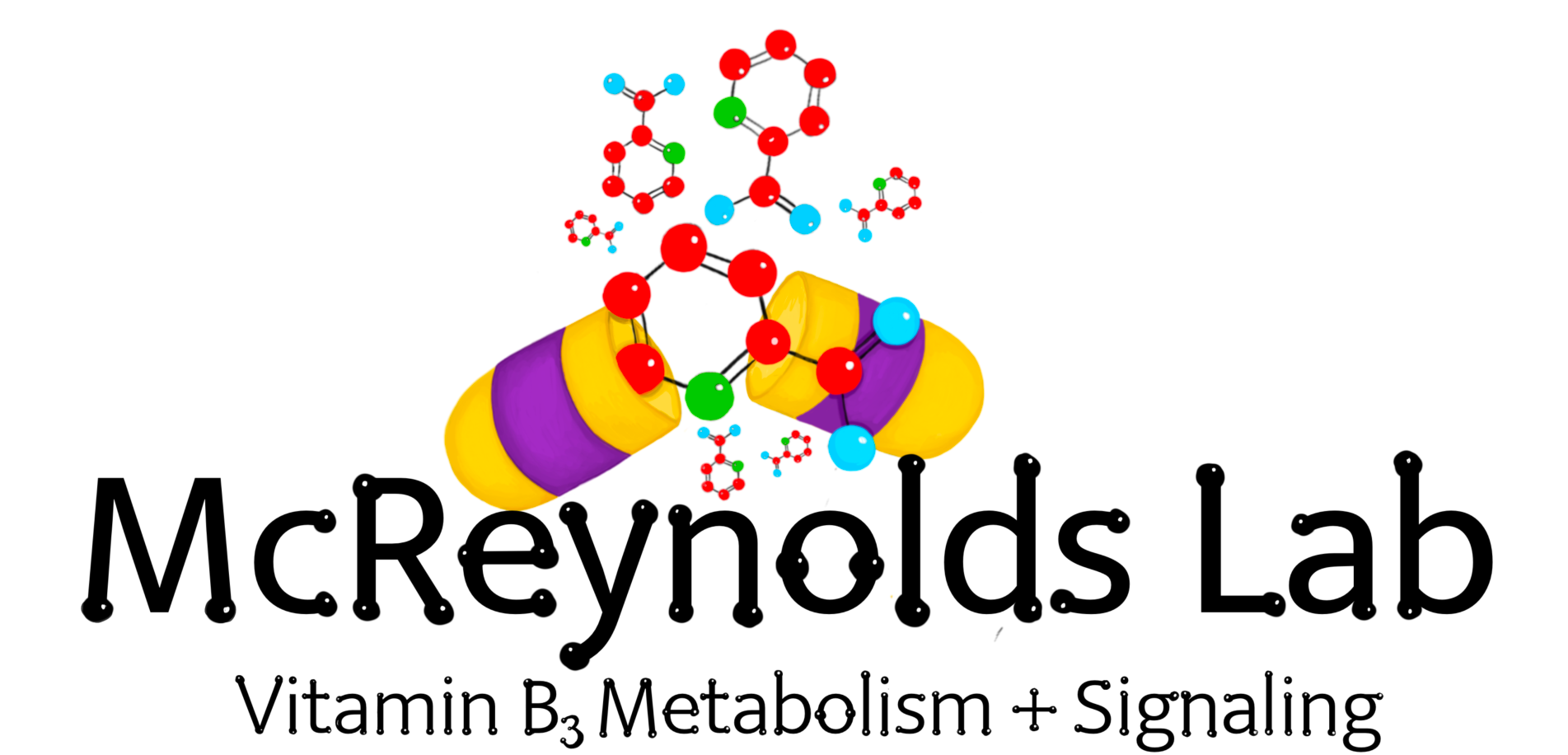Research Area 2: Uncover how toxic circulating small molecules contribute to aging and aged-related disorders
Preliminary data suggests nicotinamide (NAM) catabolites are depleted in aged urine with several waste products accumulated in the aged kidney. However, there is an increase in whole-body NAM turnover with age. With that said, what is happening to all of the NAM the body is producing if catabolites are not excreted? We hypothesize disruption to NAM mass balance contributes to failure to eliminate waste products—contributing to aged-related phenotypes. In addition, preliminary data reveals prolonged fasting and aged both induce an accumulation of RNA breakdown products in the circulation of aged mice—supporting disruption to nucleotide/nucleoside mass balance. Therefore, we will further use isotope tracing and mass spectrometry in aged and stress-induced models to uncover nucleotide degradation derangements. Due to an accumulation of waste-products in tissues and circulation with stress-induced aging, it’s highly feasible a toxic circulating small-molecule could trigger metabolic exhaustion. With that said, we will go outside the box and take advantage of the parabiosis model coupled to isotope tracing and mass spectrometry to identify global alterations and circulating small-molecule factors contributing to age-related metabolic vulnerabilities.

